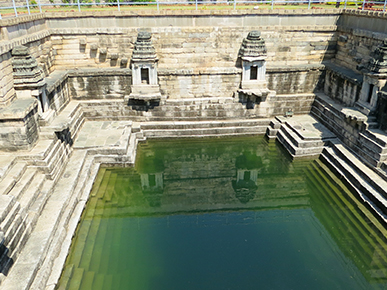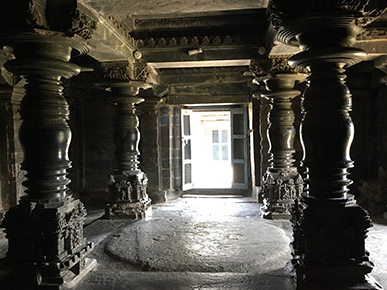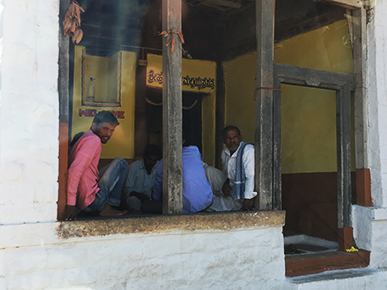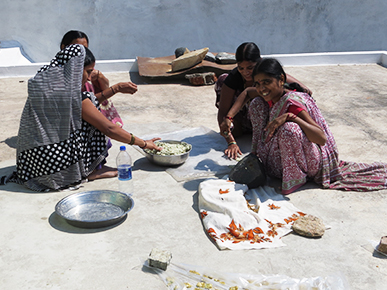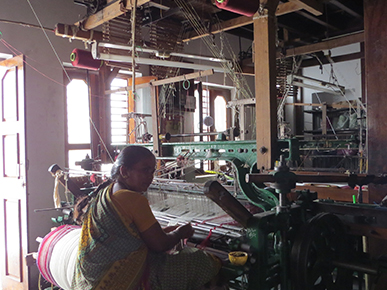Lakkundi - History meets Rural India
Of 50 temples scattered across the town of Lakkundi, each of them set in beautifully manicured gardens, I visited only 3 of them which are known to be the most popular. Though not much is known about it’s history, each of the temples are worth a visit for their embellished and stylish architecture. From the intricate jali work on the windows to multiple figurines and ornate designs on the entry door of the sanctum and heavy circular pillars all were made manually without the use of heavy machinery, yet with the precision. Dating back to the 10th century CE, which was a time of peace and harmony between all religions, there are temples dedicated to the Jain religion as well.
The Manikesvara Temple, dedicated to Shiva, is one of the most popular and beautiful temples in Lakkundi. It has a step well on its premises which is stunning and unlike that seen in Hampi it has 3 sides with narrow steps and the fourth side acting as an access to the temple (it is closed to visitors now). This is where one can see the traces of the star shaped platform which gained popularity a little later in the 13th century. The Kasivisveswara temple has an architectural style not seen very often, with 2 sanctums facing each other and the spire that resembles those in North India, it is a unique marvel and incomparable too. The last is the Brahma Jinalaya Temple, the largest Jain temple in Lakkundi which is also dedicated to the Hindu God Brahma. It is considered to be an epitome of the 11th century temple architectures as the detailing was highly ornate and fine. Close to the Brahma Jinalaya is the Lakkundi museum which is not so great but can be paid a visit as it has architectural information on each of the temples. When I went, there was no power, but that is to be expected.
Apart from being a treasure chest of well-preserved temple architecture, I felt that this charming Town of Lakkundi was such a treat. I did not have the time to walk around, but I would highly recommend it to observe the simple yet content life the rural population in India lead. Women washing vessels outside, men sitting in the “Chavadi” (sitting area at the entrance door) and chatting away, shopkeepers holding conversations with their customers, kids giggling and running around, cows lazing by the side of the house, chillies being dried by old women in the open; it was so enchanting just as an observer that it took my attention away from the heat that sweeps the landscape as early as 11 am in winters!!
Apart from being a treasure trove of rare temple architecture, Lakkundi and the nearby town of Gadag are also known for weaving of Lungis, a type of sarong and a traditional garment worn around the waist. As the Guide and I asked around for somebody to interact with in this regard, we met Mr. Gangadhara who works with power looms to manufacture Lungis and saris, unfortunately when I went, there was a power cut (which happens every day between 9 am and 12 pm) and I could not see the functioning of the looms. But it would be a good way to experience the mechanized version of weaving after seeing the manual weaving at Kushala Kala Kendra in Sandur near Hampi (I have mentioned this in my report on Karnataka). The lungis and saris can be purchased if guests are interested. I was also lucky to have been there around the time when the women of the household were laying out papads on the roof of the house and let me help them out a little. It was good fun.
For me a visit to the village of Lakkundi was an experience which was different from the more commercial touristic towns of Hampi and Badami. What caught my attention most was the juxtaposition of these old basalt temples amongst the pristine white mud houses that existed right by its side. Although Lakkundi does not grab the much warranted interest of travelers, the authentic vibe that surrounds the village is well worth the detour.
